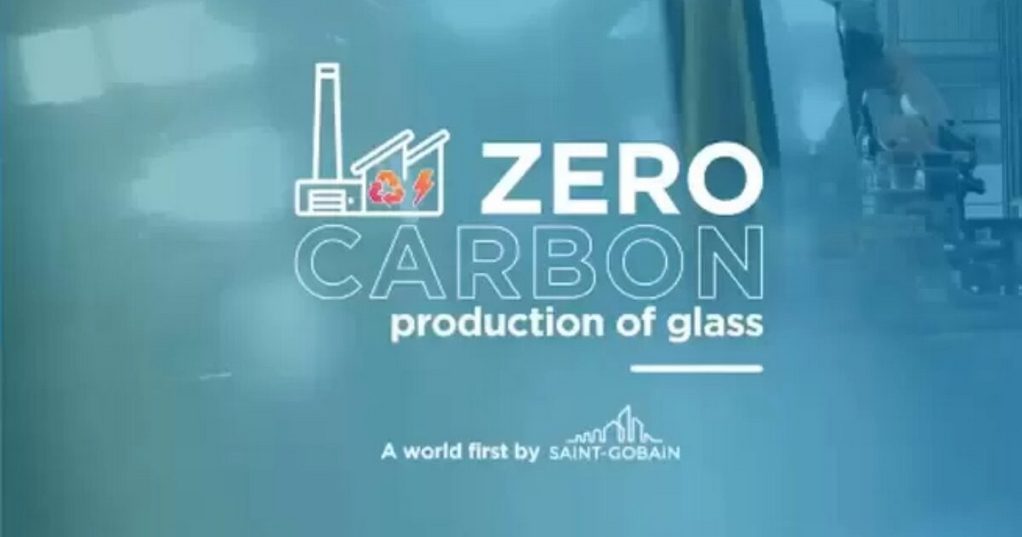Saint-Gobain, which has been in India for a quarter century, is now anticipating more pep in its sales from India. It is ratcheting up its capacity and making its manufacturing process low-carbon. A billion dollars – roughly two-thirds of its turnover in 2022 – is going into this investment plan for the period 2021 to 2025. The company is attacking carbon on two fronts — one, making the manufacturing process less carbon emitting and two, bringing down the embedded carbon in its products.
Making glass starts with melting sand (or recycled broken glass called ‘cullets’) and letting the transparent liquid float on a flat surface to slowly solidify into glass. Even if one tiny air bubble creeps in, the entire sheet has to be thrown back into the furnace. Melting it again means furnaces that guzzle a lot of energy to generate the required 1,600oC degrees of heat.
Saint-Gobain and Japanese firm Asahi Glass are on to a joint R&D programme to develop a 100 per cent electricity-fired furnace for making glass. To slash the embedded carbon in its material, a few tricks are being tried out. For instance, instead of calcium carbonate, the company is switching to wollastonite. Wollastonite is a compound of calcium, silicon and oxygen — no carbon. It has a 3 per cent lesser carbon footprint compared with calcium carbonate, and takes 2 per cent less energy to melt it.
Alongside, Saint-Gobain is bringing in recycled materials instead of virgin. The company is working with a Chennai-based start-up, which processes demolition waste to make fresh construction material.
Saint-Gobain, which is also in insulation materials, is keen on start-ups. It has taken equity positions in a number of them. Recently, the company concluded the takeover of Twiga, an Uttar Pradesh-based company that makes glass wool, under a Saint-Gobain license. This was a big acquisition, worth ₹400 crore. In December 2021, it completed a ₹150-crore acquisition of Rockwool India, another Saint-Gobain licensee, which makes stone wool, used in thermal, acoustic and fire safety applications.
Saint-Gobain is present in 76 countries. Each year, the HQ gives a sole sustainability award to one of the 76 units. Last year, it was won by Saint-Gobain India. Clearly, the Indian operations is looking through the right glass.
Tags: Asahi Glass, India, LowCarbon, Saint-Gobain



Recent Posts
Report Highlights Pathway for Electrifying Nigeria’s Container Trade Sector
South Korean Company YPP Plans to Invest up to $3.1 Billion in Green Hydrogen Production in Kazakhstan
WattEV Expands Electric Truck Charging Network with Three New Depots in California
Anemoi Develops New Method to Accurately Measure Wind-Assisted Propulsion Benefits
Navigator Holdings and Amon Maritime Form Joint Venture for Ammonia-Fuelled Carrier Fleet
Hygenco Commissions Maharashtra’s First Green Hydrogen and Oxygen Facility to Power STL’s Net Zero Goals
India Invites Second Round of R&D Proposals Under ₹4 Billion Green Hydrogen Mission
BMTC Adds 148 Tata Electric Buses to Bengaluru Fleet, Strengthens Green Mobility Drive